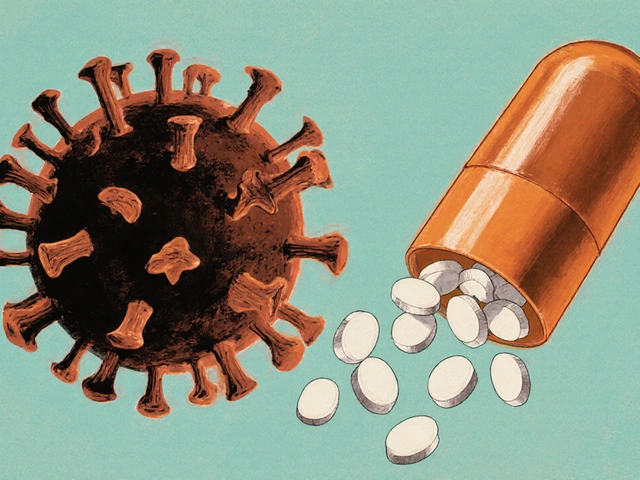Scar Healing: Simple Steps to Faster, Smoother Recovery
Got a fresh cut, a surgery scar, or a nasty acne mark? You’re not alone. Most of us worry about how long a scar will stick around and what it will look like. The good news is that the way you treat a wound in the first few weeks makes a huge difference. Below are the basics you can start using today to help your skin heal with less visible marks.
What Affects Your Scar
When skin is injured, it goes through three stages: inflammation, tissue formation, and remodeling. How long each stage lasts depends on age, genetics, and the type of injury. Darker skin tones can develop thicker, raised scars called keloids, while thinner skin may show flat, pale marks. Moisture is a big player—dry wounds tend to form tougher, more noticeable scars. That’s why keeping the area hydrated and protected is key.
Other factors like smoking, sun exposure, and nutrition also matter. Nicotine reduces blood flow, slowing down the healing process. UV rays can darken a new scar, making it stand out for months. And if you’re low on vitamin C or protein, your body doesn’t have the building blocks it needs to rebuild healthy skin.
Everyday Tips to Reduce Scarring
1. Clean, then moisturize. Gently wash the wound with mild soap and water. After it dries, apply a thin layer of a silicone gel or petroleum‑based ointment. Silicone sheets are cheap, easy to use, and backed by research for flattening scars.
2. Shield from the sun. Sunlight can turn a pink scar into a permanent brown spot. Use a broad‑spectrum SPF 30+ sunscreen on the scar as soon as it’s closed, and reapply whenever you’re outdoors.
3. Massage gently. Starting a week after the wound is sealed, massage the area with circular motions for a minute or two, twice a day. This helps break down excess collagen and encourages softer tissue.
4. Keep it moist, not soggy. A wound that stays too dry cracks and heals slower; too wet can cause maceration. A light layer of ointment or silicone keeps the right balance.
5. Eat skin‑friendly foods. Load up on vitamin C (citrus, berries), zinc (nuts, beans), and protein (lean meats, tofu). These nutrients support collagen formation and tissue repair.
6. Avoid smoking and alcohol. Both can impair blood flow and delay healing. Cutting back while your skin repairs can shave weeks off the recovery timeline.
7. Be patient with products. Over‑the‑counter scar creams often contain onion extract, vitamin E, or aloe. Some people swear by them, others see no change. Try a product for at least eight weeks before deciding if it works for you.
Remember, every scar is unique. If a scar becomes painful, excessively red, or keeps growing, it’s worth checking with a dermatologist. They can offer stronger treatments like laser therapy, steroid injections, or prescription silicone gels.
Bottom line: clean, moisturize, protect, and feed your skin. Those small daily actions add up to smoother, less noticeable scars. Start now, and give your body the best chance to heal the right way.

How to Use Yoga and Stretching for Scar Healing: Safe Timeline, Poses, and Routines
Use yoga and stretching to soften scars, improve mobility, and reduce pain-safely. Get a clear start timeline, weekly plan, poses, scar massage, and red flags.
Sep 2 2025




